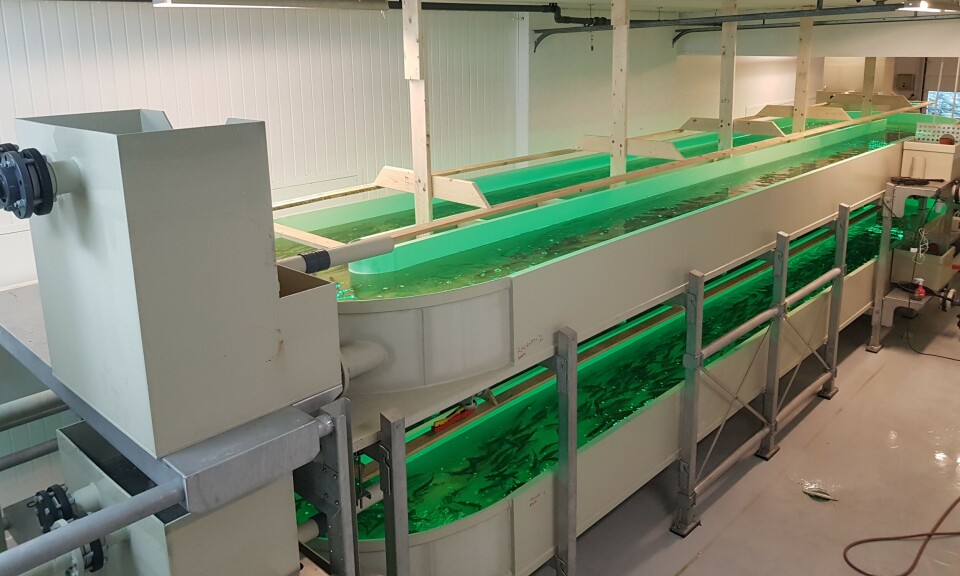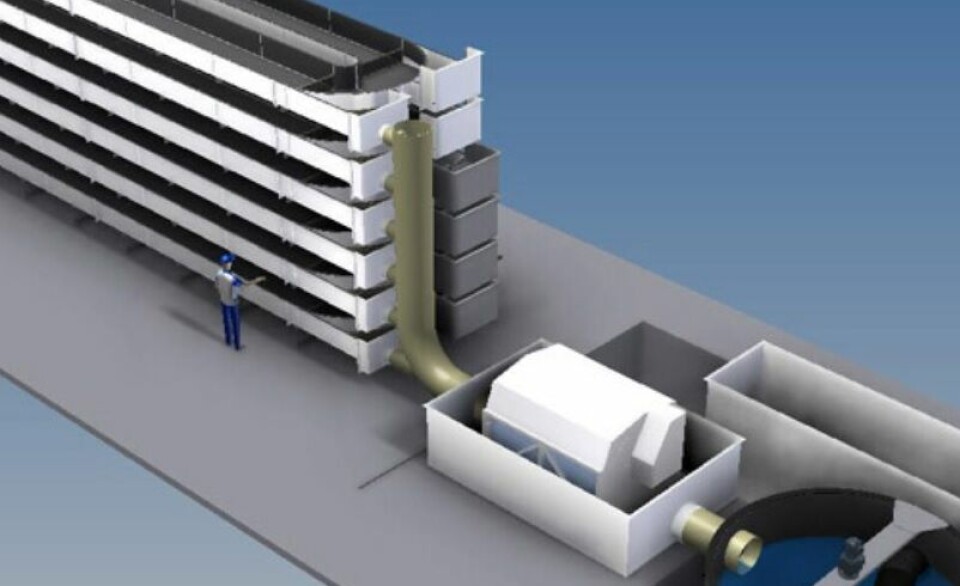
Flounder farmer chooses multi-storey RAS
South Korean breeder will use novel system from Norwegian innovator SIFT Group
A land-based fish farm containing vertically stacked raceways is to be built by a South Korean company planning to grow high-value olive flounder.
The company, BluGen Inc., has signed an agreement with Norwegian fish farm innovator SIFT Group for the pre-documentation and design planning of the novel recirculating aquaculture system.
Super Intensive Farming Technology (SIFT) was first developed by SIFT Group in 2016 and has been continuously developed by the Tromsø-based company since then.
SIFT Group says the concept has been thoroughly tested through both research and industrial aquaculture of sole and turbot and is now under final development in a 1,000-tonne-capacity pilot farm for Atlantic salmon in Tromsø. Once the pilot is proved successful, it plans a production expansion to 10,000 tonnes a year.
Better degassing
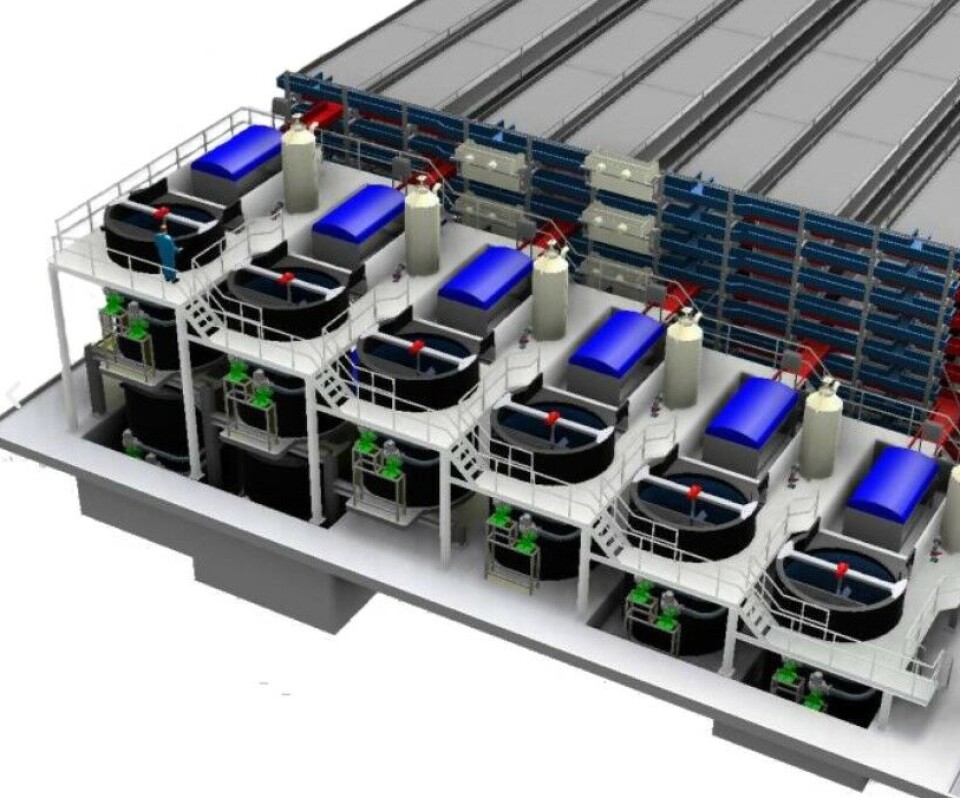
The use of stacked raceways is made possible by controlled water flow and advanced water treatment systems that allow for higher biomass densities up to 100-300 kg/m³, BluGen said in a press release.
For BluGen’s olive flounder, SIFT’s shallow raceways are well-suited for controlled and stable growth conditions, while maximising production.
“The agreement with BluGen is very important for us,” said Dr Torbjørn Trondsen, chief executive and co-founder of SIFT Group AS, who spent 35 years as a professor of seafood marketing at the University of Tromsø.
“After many years of research and development, the vertical SIFT design has proven to deliver cost-efficient production factors for both bottom-dwelling and pelagic aquaculture fish species by high utilisation of land, with far more fish production per square metre of land, better degassing, and less use of make-up water. The agreement with BluGen is our first international delivery that will be implemented at the same time as we are building our own SIFT farm for salmon in Norway.”
Proven in Europe
BluGen said that in addition to SIFT Group’s own pilot facilities, various farms in Europe have been using the SIFT system for commercial production of sole and turbot for the past decade with optimal economic results and very low mortality rates. BluGen will be adopting a similar systems design, but with upgraded technological components.
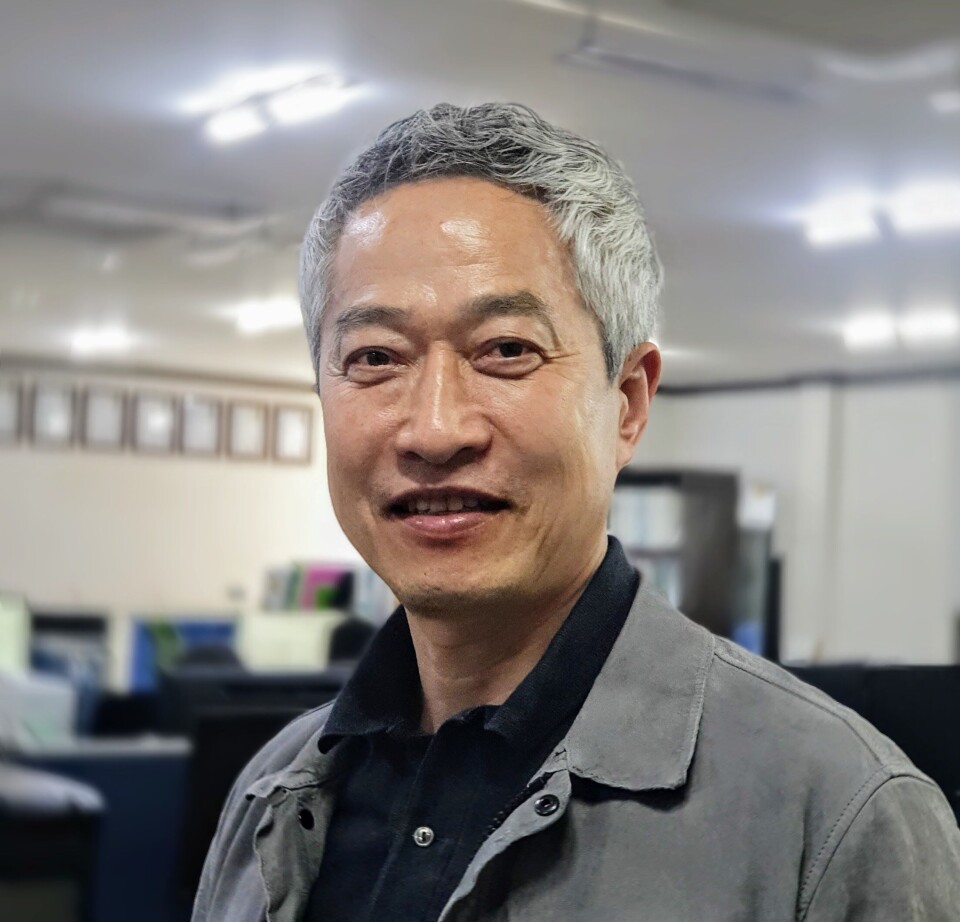
“It has been a long discovery process in identifying our farming system and RAS technology partner,” said BluGen founder and chief executive Dr Woo-Jai Lee.
“We spent a significant amount of time reviewing SIFT both on and off site. Ultimately, we decided that SIFT Group’s technology, design, team, and approach are the best fit and specific to our species and project.”
1,700 tonnes a year
The design agreement between BluGen and SIFT Group pertains to the first of three stages of the project. Production capacity is estimated to be at least 1,700 tonnes per year of harvest-grade olive flounder, in addition to juvenile production.
Stage two of the project at Goheung at the southern tip of South Korea involves the installation and running of a testbed, which will allow BluGen and SIFT Group to mitigate risk and allow room for fine-tuning before full-scale delivery. The third and final stage involves full-scale delivery of the rest of the production facility.
A building that will house the RAS is about 75% complete, and will be finished by June or July. BluGen is anticipating delivery and installation of the testbed beginning July 2023. Delivery and build-out for full production is to follow in 2024 after a successful testbed run.
Precision breeding
BluGen is an established genomics and precision-breeding aquaculture company, and founder Lee is a former director of genomics R&D at salmon and tilapia breeder GenoMar. BluGen has selectively bred eight generations of olive flounder to produce what it considers is a genetically superior fish.
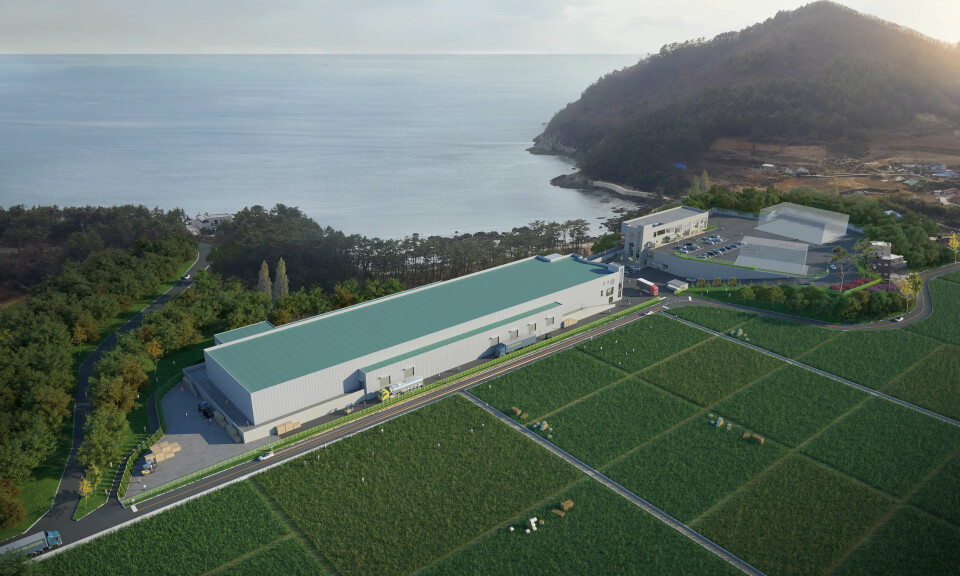
Olive flounder is widely consumed in Korea, China, and Japan and has a farm gate price of around US$20 per kilo. A Japanese fish website was today selling whole uncut hirame (olive flounder) weighing 1.5-1.8 kg for $138.
The species is overfished and is already farmed in South Korea, but BluGen is confident that its combination of selective breeding and RAS facility mean that its fish should have better survivability and grow to a larger, more attractive size.
2-3kg sweet spot
Sam Kim, a spokesman for BluGen investor Livorna Capital, told Fish Farming Expert that BluGen’s olive flounder can reach a minimum harvestable weight of 1kg in eight months. It takes 14 months to reach 1.5kg; and 16 months to reach 2kg. For non-precision bred, farmed olive flounders, it can take well over 12-13 months to reach 1kg.
“Typically, Korean farmers will harvest at 1kg (and even less) to reduce risk of pre-harvest mortality. For olive flounder, 2-3 kgs is the sweet spot in terms of flavour, marketable size, and market price. However, virtually all fish in the 2kg+ range are wild-caught,” explained Kim.
“BluGen can and has plans to harvest larger fish, depending on the request of the buyers.”

